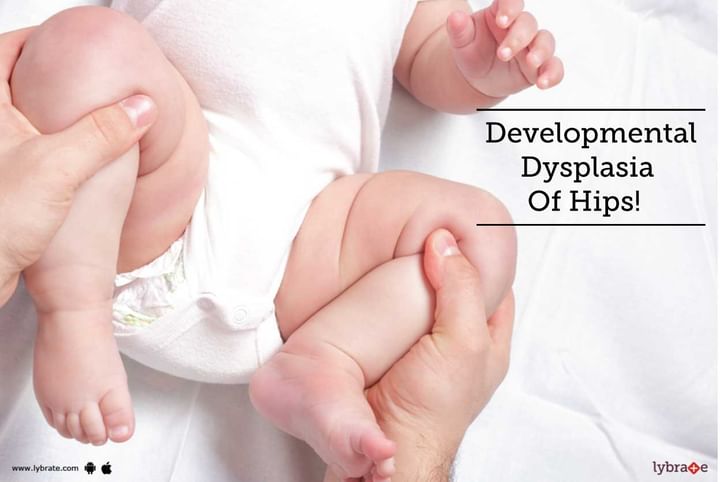Developmental Dysplasia Of Hips!
The hip is a ball-and-socket joint in the human body. Normally, the ball located at the upper part of the thighbone (femur) firmly fits into the socket, which is a part of the pelvis bone. In people, especially children and babies, who have Developmental Dysplasia of Hips (DDH), the ball does not fit the socket perfectly. Therefore, the hip joint is not formed completely and is likely to dislocate easily.
DDH is a congenital disorder, meaning the condition is present at birth. However, it may also develop during the first year after the birth of the child. The degree of instability of the hip joint varies from one child to another.
Risk factors:
The following factors make the baby prone to Developmental Dysplasia of Hip-
• Gender (girls are more likely to be born with DDH)
• Firstborn child
• Infants born with their feet up by the shoulders
• A family history of DDH
• Low level of amniotic fluid
Symptoms of DDH:
Often times, infants born with DDH will not show any prominent signs. Nevertheless, you must consult a doctor if you observe the following symptoms-
• Legs that differ in length
• Uneven folds of skin on the thigh
• Restricted mobility
• Limited flexibility on one side
• Toe walking, a waddling gait, or limping
Diagnosis and Treatment:
The doctor will conduct a physical examination to detect DDH. He/she will move the baby’s hip and legs in certain ways to check for instability of the hip joint. Newborns that are at high risk of developing DDH are diagnosed using ultrasound, which displays images of the hipbone. For children and older infants, an X-ray is performed.
Treatment of DDH can be either surgical or non-surgical, depending on the baby’s age.
• Non-surgical treatment methods include the use of braces or positioning devices. The doctor will place the baby in a soft positioning device, known as Pavlik harness, for at least 2 months. This helps ensure the thighbone stays firm in the socket. The brace is designed in a manner that holds the hip in place while allowing the baby to move the legs freely. The harness tightens the surrounding ligaments and promotes the normal formation of the hip socket.
• If the Pavlik harness method does not yield effective results, then the doctor will recommend an open surgery. During the procedure, the surgeon makes an incision on the hip. This allows him/her to get a clear view of the hipbone and the adjacent soft tissues. Surgery is performed to shorten the thighbone so that it fits into the socket properly. After the surgery, the baby is placed in an orthopaedic cast (spica cast), which facilitates healing of the hip joints.
With early diagnosis and treatment, children with Developmental Dysplasia of Hip are able to move freely and function normally. Delaying the treatment may lead the condition to cause osteoarthritis in later life. Therefore, consult an orthopaedic at the earliest to help your child live a normal life.



+1.svg)
